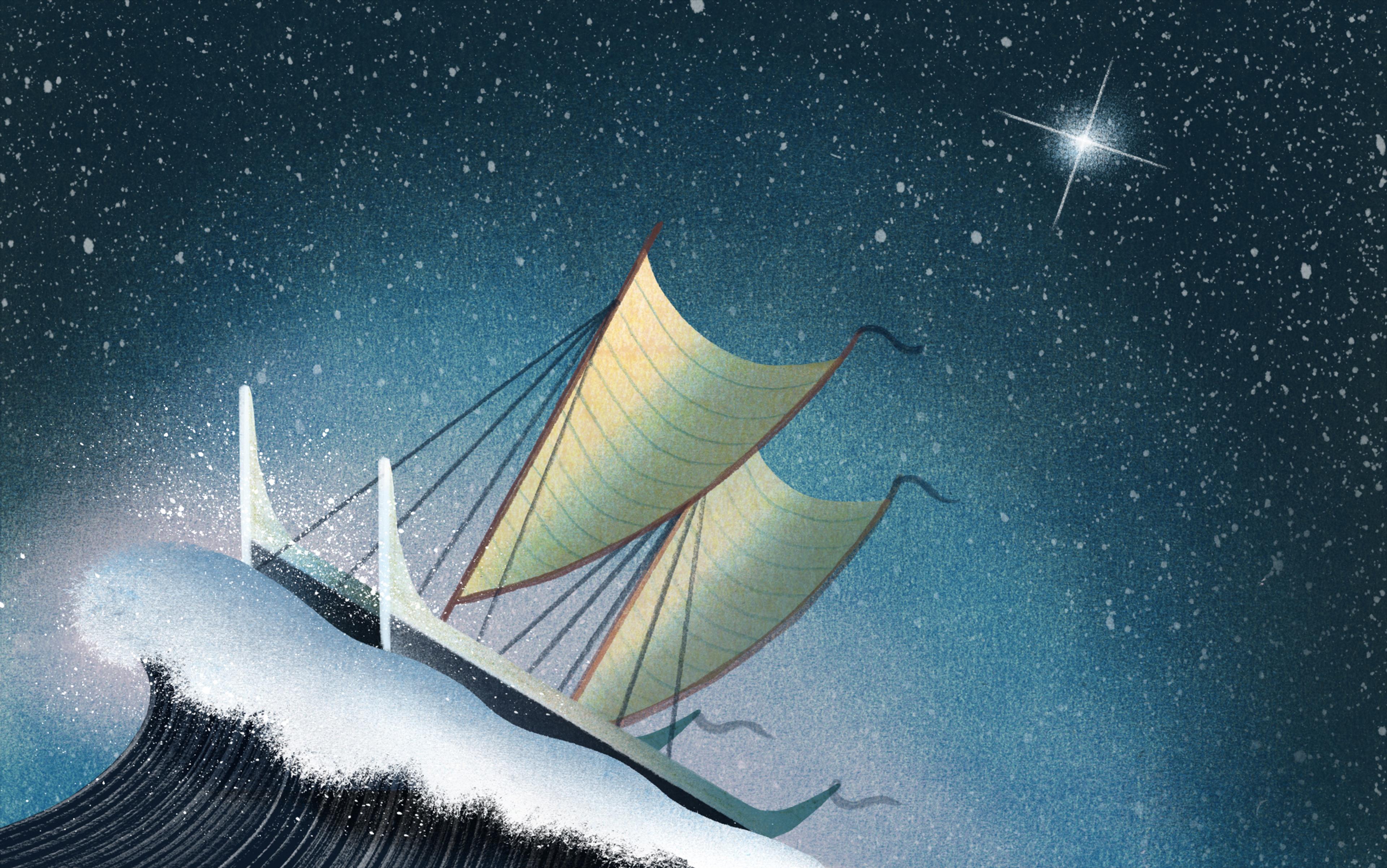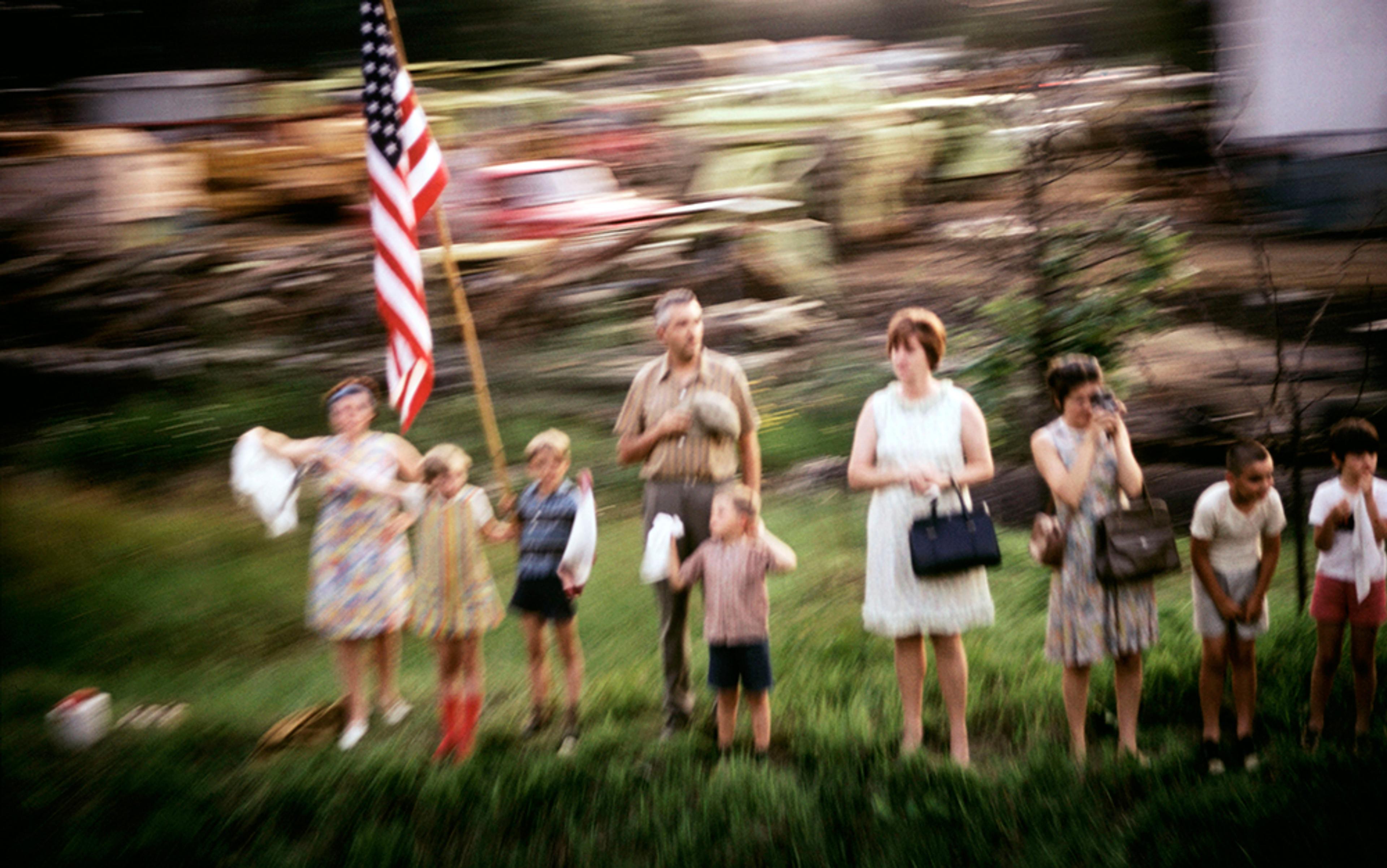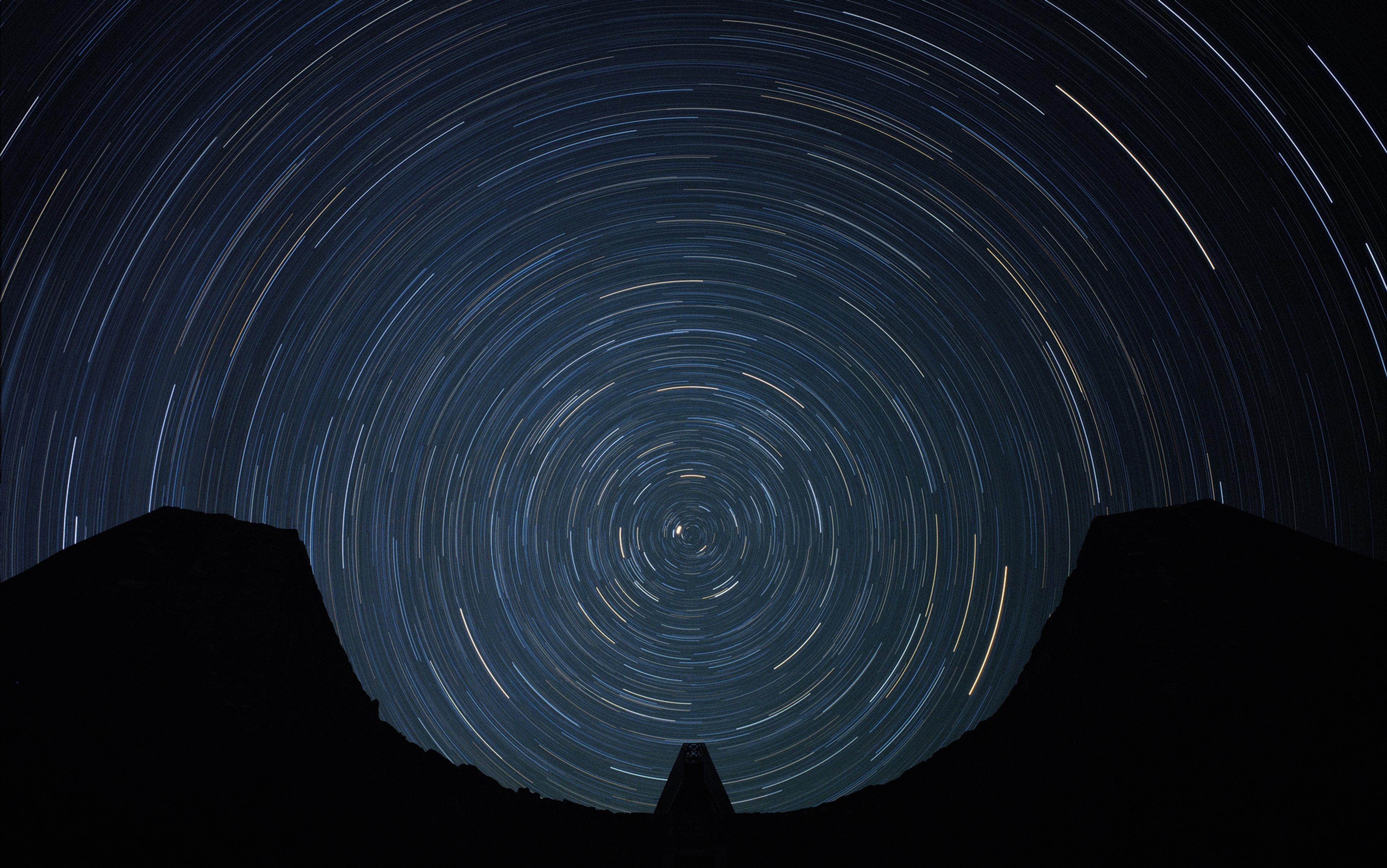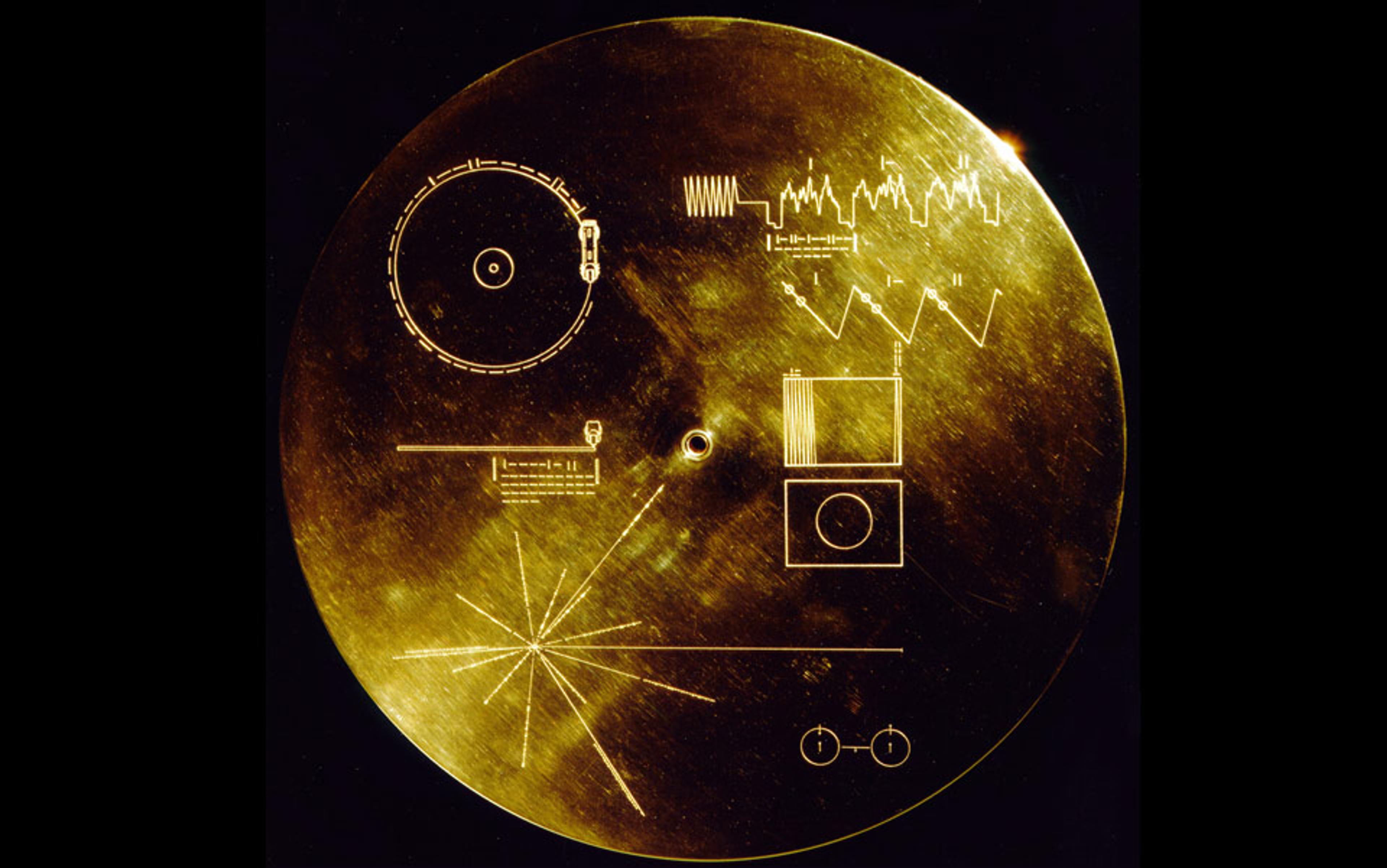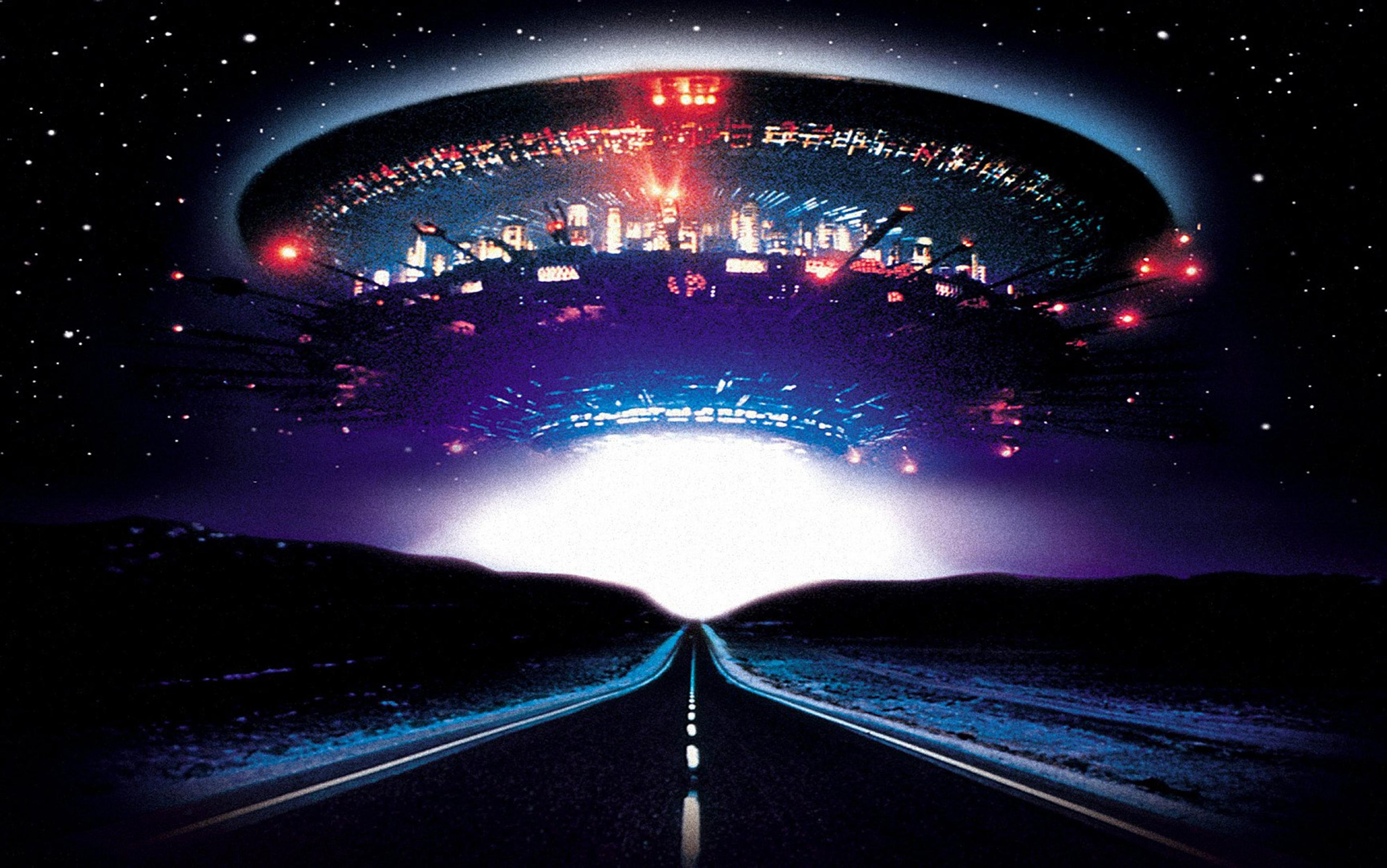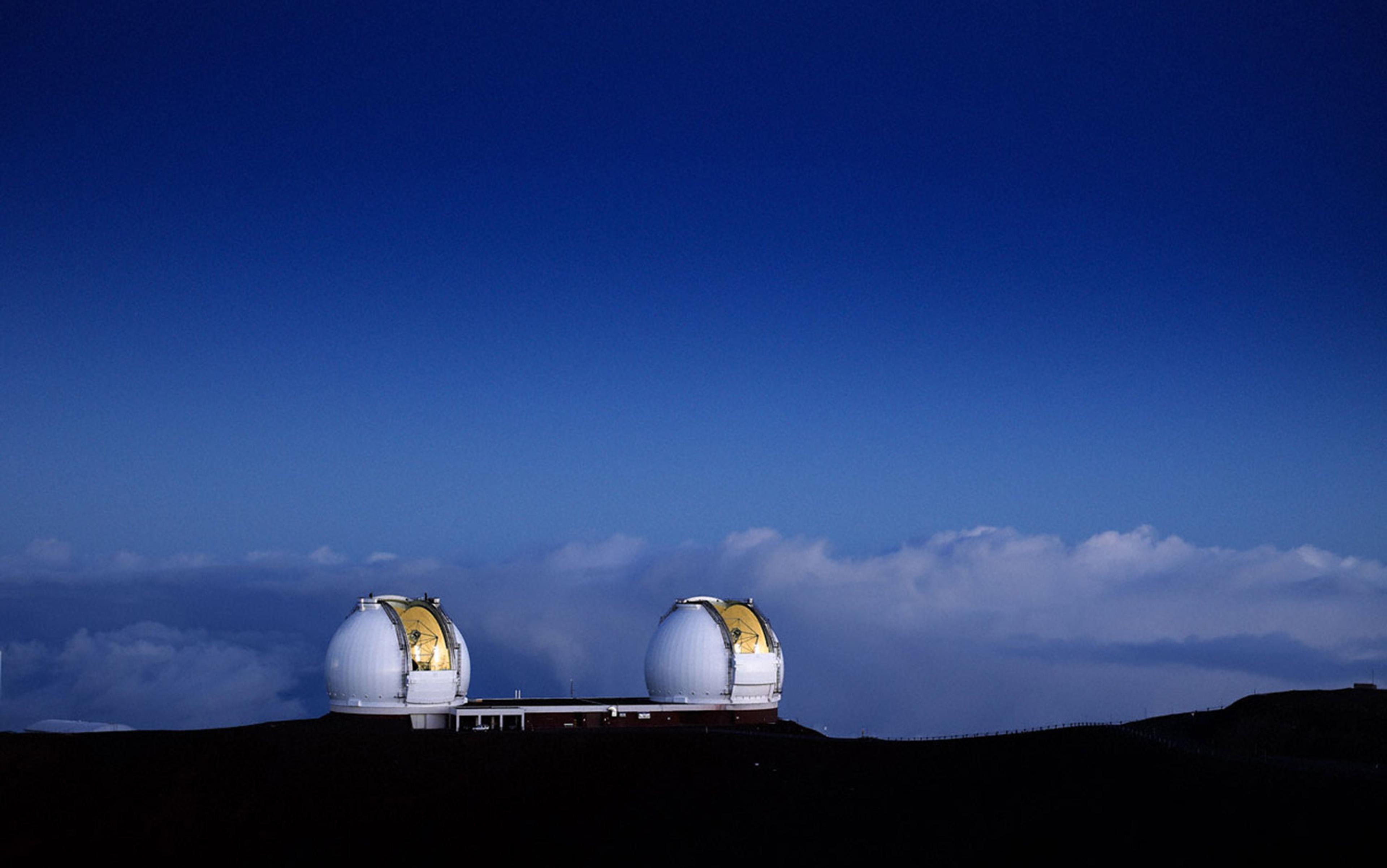When all the stars were ready to be placed in the sky, First Woman said:
I will write the laws that are to govern mankind for all time. These laws cannot be written on the water as that is always changing its form, nor can they be written in the sand as the wind would soon erase them, but if they are written in the stars they can be read and remembered forever.
Navajo creation story quoted in ‘Fire in the Mind: Science, Faith and the Search for Order’ (1995) by George Johnson
Some years ago, I visited a gallery that specialised in Inuit art, and the owner shared with me a small but powerful memory. She had a close relationship with many of her artists, one of whom had shown up for a visit late on a winter’s night. Like many of us, the first thing he did was call home on his cellphone, to let his wife know he had arrived safely. Unlike most of us, especially on a frigid winter’s night, he did so out in the yard. He needed to see the sky so he could tell his wife what the stars looked like from Richmond in Virginia, while she scanned the sky at her end, in far Hudson Bay. In that way, he connected with her, both of them finding one another in the world through that useful intelligence of distant stars.
For most of human history, the artist’s behaviour would have seemed ordinary, even essential. It was unthinkable to ignore the stars. They were critical signposts, as prominent and useful as local hills, paths or wells. The gathering-up of stars into constellations imbued with mythological meaning allowed people to remember the sky; knowledge that might save their lives one night and guide them home. Lore of the sky bound communities together. On otherwise trackless seas and deserts, the familiar stars would also serve as a valued friend.
That friendship is now broken. Most of us don’t orient to our loved ones using the lights in the sky, nor do we spend our nights pondering what in the 1920s the poet Robinson Jeffers called that ‘useless intelligence of far stars’. Discoveries in astronomy and physics of the past century expanded the known universe by orders of magnitude in size and age, and turned cosmology into a true observational science. Those breakthroughs urged upon us an extraordinary stretch of the imagination, even as related technological advances detached nearly everyone from that larger world by making the stars safe to ignore.
Today, we are more disconnected from the stars than ever before. Even utilitarian attachments have fallen away, as the markers that form our sense of place in the wider world have shifted from the distant to the local. Navigators once used the stars as reference marks; the GPS units in modern cellphones refer instead to a constellation of artificial satellites in orbit around the Earth, synchronised to atomic clocks in ground-based laboratories. (There has been one intriguing reversal of the trend: anxiety about the wartime vulnerability of the GPS system recently prompted the US Naval Academy to reinstate the teaching of celestial navigation. This particular unease is an apt metaphor for our general anxiety about losing our way when the lights go out, about where we stand in general relation to the world.)
We have lost a part of our selves in the process. Knowing where you are in the world is fundamental to knowing who you are. The development of our sense of spatial relationships – the ongoing discovery of where I am – is deeply entwined with memory formation. Neuroscience studies reveal that this is because forming the knowledge of place, and building that sense of our relation to other parts of the world, requires the brain to combine several different sense modalities. Hence information must be stored and then retrieved from memory, sifted and examined, and the brain’s theory of where we are in the world constructed. Combine this with the fact that it is through memory that the I endures, that memories are most effectively formed when there is some emotional charge attached, and we can see why our sense of place can be so entangled with our sense of who we are, why to be at no place is akin to being no one.
In addition to the resurgent interest in navigating with the stars, many scientists, engineers and visionaries are now engaged in imagining ways that we might navigate to the stars, not only as a question of technological hurdles to be overcome, but also as a point of aspiration to keep humans aimed toward the unknown. I am drawn to Interstellar Migration and the Human Experience (1985), an edited anthology about our species’ possible out-migration toward the stars. It is a curious mix of articles, careful scholarship leavened with wild ideas. The contributors argue that, rather than a wholesale assault on the outer solar system or a colossal Apollo-style long-jump to Alpha Centauri, a more likely model for some future wave of human expansion is a long, anarchic diffusion.
Over generations, the human home would expand to include the outer moons of the Solar System, the minor planets, the cometary debris of the Kuiper Belt, and then the distant Oort Cloud, whose outermost objects are likely to wander between star systems. The book’s vision of the future makes our move to the stars look a lot like the Polynesian Diaspora, which also took many generations and involved hopping from one solitary foothold to the next across miles of empty ocean.
The Polynesian Triangle stretches from Hawaii in the north, to Rapa Nui (Easter Island) in the southeast, and Aotearoa (New Zealand) in the southwest. This region of the Pacific is comparable in area to the entire Eurasian landmass. When Europeans ‘discovered’ these islands, they found most of them already inhabited. The Polynesians all had similar languages and customs and, in spite of the great distances between the islands, they maintained contact with one another. At Raiatea (near Tahiti) in 1769, the English explorer Captain James Cook took onboard a Polynesian navigator named Tupaia who drew a map for him showing islands within roughly 1,000-mile radius of Tahiti. Cook wondered: how did Tupaia know this? How could he keep that map in his head?
The navigators of Polynesia (who in traditional societies were men) found the ocean and sky an open book, full of information. Traditionally trained navigators had a memory map containing hundreds of stars. As long as the navigator could get a clear shot of an open patch where the stars shone through, even if much of the sky was covered in clouds, he could orient himself and maintain a heading at night.
Navigational lore in the Pacific Islands was passed down through the generations partly through storytelling. The human mind is structured around stories. Connecting things to stories, poems, songs, music and visual art makes this knowledge more real to us, charged with emotive power, which aids in the forming of memories. It helps us come to know things, and to know their place, by knowing ourselves more deeply as well. Storytelling helps us to find our place in the world.
An anthropologist would rightly point out that there is no clear, bright line distinguishing a testable theory of the world from a story. They are not the same thing, but neither are they completely different. They are alike in that theories and stories are both ways of organising knowledge and making sense of things. In the case of Polynesian voyaging, the experimental knowledge that was partly encoded in stories allowed navigators to find their way across hundreds of miles of open ocean. This knowledge was replicated over many generations, tested every time a crew set out into the open Pacific, and verified every time a boat made landfall.
We don’t want those newfound playgrounds for the imagination to be empty. We want to find ourselves again among the stars
By the time of Johannes Kepler and Galileo Galilei, when 17th-century European astronomers finally began to shake off the lingering dreams of Aristotelian cosmology, the Polynesians had been abroad for more than two millennia. The mental maps of the Pacific Islanders were organised not around Aristotle’s crystalline spheres of quintessence, but around poems, songs, and tales of the skittish parrotfish. The Polynesians were crossing thousands of miles of open Pacific Ocean while the Greeks were still hugging the shores of the much smaller Mediterranean, composing epic poems to celebrate their own intrepidity.
In the Western tradition, the overthrow of the Aristotelian worldview by Copernicus and his followers involved more than moving the Earth from the centre: it eventually required the abandonment of the central organising principle of Aristotle’s cosmology, the potency of place. Aristotle believed it was self-evident that there was a centre, a special place, and that everything in the world sought to find its proper location in relation to that centre. In contrast, modern cosmologists often invoke what has come to be called the Copernican Principle: we are at no special place in the Universe. Rather, we are wanderers among the stars, through a space with no centre.
To a modern cosmologist, then, there is no special place. Yet Aristotle was onto an important psychological truth: our sense of place is indeed potent. The vast deep that the astronomers have uncovered all around us – and yet so far have found to be empty of conversation – that ringing silence is the source of our fascination with science fiction based on other worlds and stories of aliens. We don’t want those newfound playgrounds for the imagination to be empty. We want to find ourselves again among the stars. We want those stellar nurseries to be full of squalling civilisations. We want them to be other places, other centres of meaning, not just beautiful imagery.
We want the cosmos to be story-full, so we can imagine coming to know it.
While Polynesian navigators were internalising stories to help them find their way at sea, over many centuries Western astronomers gradually came to realise that at each step in passing from the direct visual experience of a star or planet to an isolated entry in a logbook, there are possibilities for error, misinterpretation, personal bias and confusion. Hence, as Western astronomy became more complex – as it evolved into a science in the modern sense – its practitioners worked hard to reduce the human role to more machine-like actions.
They emphasised repetitive, routinised steps. In order to minimise bias, the human beings involved in the daily work of the 19th-century’s great European observatories were told no more than they needed to know to carry out their simple tasks. This made the observatories more like a factory than the romantic vision we have of a devoted individual, driven by love of the stars, carrying out a solitary vigil on a mountain top.
At Greenwich Observatory in the mid-19th century, for example, the routine jobs were carried out by dozens of boys in their late teens or early 20s, each specialised to make a simple observation and to call them out, to mark the time, or to reduce data. It is no wonder they were called drudges. They did the menial work while the foreman of the shop floor scanned the skies, not directly, but as part of a super-organism, gazing out at the stellar vault with the mind’s eye of the Astronomer Royal. The collective activity buzzed around him at night while he studied the motions of the stars and planets, all that effort bent toward generating the tables of ephemerides needed by mariners for celestial navigation. That was crucial intelligence for the world’s first global empire, with its fleets of merchants and dreadnaught battleships, all marking reference to the far stars. Those pinpoints of light remained unmoving through the years, forming a fixed frame of reference for finding oneself in the world, the same sky text that the Polynesians had used when sailing the open Pacific, and that the Inuit artist used to phone home.
Nearly all the routine human operations of the astronomical past are now carried out by electronic or mechanical analogs. The alienation of the drudges and human computers is complete. They’ve been replaced by servomechanisms, avalanche photodiodes, and computers; the results of querying the heavens are digitised and shared through cloud applications. The artificial senses used by astronomers and physicists have revealed that the world around us is stranger than any earlier generation had ever imagined. Yet this way of putting it runs the risk of reducing those revelations to collections of data. Technology is simply a tool that can open a new window. What we see while peering through the window, how we absorb it into our internal sense of things, how it shifts our sense of our place in the world, that fuller act of seeing with new eyes requires a lively imagination.
As a physics undergraduate, I once attended a seminar by a graduate student who was reporting his observations of one of the first stellar black hole candidates, an X-ray source known as Hercules X-1 (the first X-ray source discovered in 1971 in the constellation Hercules). His few minutes of X-ray data were collected by a detector he built for himself and installed atop a suborbital rocket. He then launched the rocket from a former oil platform off the coast of Kenya. Other than that romantic locale, what I remember most about the talk was a question from the audience: ‘If I went out tonight and looked up, where would I find Hercules X-1?’
Unlike those who can take a walk in the woods to be close to the things they love, the astronomer can only go hug a telescope
The student was flummoxed. He didn’t know. His life those past months had been consumed by getting his detector to work, arranging for delivery of the payload to Kenya and then shipped to the San Marco platform near Malindi, getting it properly installed aboard the rocket, the tension of the launch itself, and then those few minutes of sheer terror, waiting to find out if he had the data he needed for his PhD thesis. If he failed, he would have to start all over again. In all those months, he had not looked up to the stars, to see with his own human eyes the region of the sky where he would point his X-ray eyes. Just for curiosity sake.
As I proceeded further in my studies, I came to understand how this could happen. In my efforts to study the stars as an undergraduate, I found I had no time to ponder them. I eventually turned aside from the narrow path one followed to become a professional astronomer, and instead became a mathematical physicist, seduced by a different siren song, following another narrow path. But I never lost my original love of the stars, and still enjoy teaching about them.
Part of the alienation of the astronomer from the objects of study is due to the remarkable technology that allows remote, automated observation. This technology stands between them and the stars as surely as a window separates us from nature while opening it to view. Unlike those who can take a walk in the woods to be close to the things they love, the astronomer can only go hug a telescope. The beauty of far Antares, the red star at the heart of Scorpius, provokes a love forever unrequited. This kind of alienation, formed by peering through newly opened windows at things forever out of reach, is particularly acute for the working astronomer, but it affects all of us who attempt to navigate the virtual world that our interactive screens have brought into view.
It is not just the stars that we have learned to ignore. How many of us remember phone numbers anymore, or email and street addresses? Our memory is becoming ever more externalised, stored on the cloud somewhere – we don’t know where – nor do we care so long as we can access it when we need it. While the information seems mentally nearby, just a few keystrokes will call it up, the stored memory might physically reside on a server 1,000 miles away. We are ever more augmented humans beings, ever more virtualised, enjoying what the philosophers Andy Clark and David Chalmers call the ‘extended mind’.
How is the extending mind changing us, our sense of our selves, and our sense of our place in the world? How does it affect our sense of being at home in the world, our general level of unease, that we don’t know where these memories are stored, how many physical copies there are, and how safe they might be against erasure? And if those essential parts of our lives are treated so blithely (those wedding photos, those names and addresses of friends and loved ones, those journal and diary entries), if those can be remembered ‘out there’, are we at risk of gradually assuming that our personal story can also be virtualised and become part of our extended selves, detached from any particular place, not carried around in our heads? If to be at no place means you are somehow no one, doesn’t this progressive externalising of our memories increase the risk of our story fading into nowhere?
In 1959, the Italian physicist Giuseppe Cocconi and his American colleague Philip Morrison published one of the first articles to examine the question of how humans might listen for interstellar signals, thereby launching what has come to be called the Search for Extraterrestrial Intelligence (SETI). Morrison later wrote about the commonality between our urge to explore other planets, the search for conversation among the stars, and the role of storytelling among hunter-gatherers of Africa’s Kalahari, a people who spent their lives in a region of space no larger than Los Angeles County. While they wander, they constantly discuss where they are, so as ‘not to fade off into the nothing or the nowhere’. He argued that ‘this is the essential feature of human exploration, its root cause deep in our minds and in our cultures’.
In his book The Dream of Spaceflight (2000), the space evangelist Wyn Wachhorst claimed that we explore the periphery so that we can complete the centre. We range widely so that we can come home changed, more fully realised, knowing better who we really are. We are like wolves restlessly prowling the limits of our territory, orienting ourselves, discovering our story by finding our place in the world, and a place for those we love. I like this metaphor of exploring the periphery and the related need for completion, because it emphasises why we all need stories, even in this techno-civilisation we are creating. We need stories to undo the post-Copernican flattening of things, the externalising of self, so we can live more like the Kalahari hunter-gatherers who notice when something has changed in their world, rather than living like those harried professionals who walk, oblivious, past astonishing wonders, caught up in the everyday sameness of the synthetic world.
This marking out of place in order to bring it within our realm of storytelling is the impulse behind the recent – possibly temporary – naming of mountains and frozen plains on Pluto, names such as Cthulhu and Balrog. Pluto, ancient god of the underworld, now has dimples and warts on his face named after more recent mythical creatures of the deeps, born of the 20th-century imaginations of H P Lovecraft and J R R Tolkien. The image analysts for the New Horizons spacecraft had grown tired of speaking to one another of ‘that dark patch on the left side of the computer screen’, so they did the same thing our ancestors did when they named the stars and gathered them into constellations. These 21st-century explorers connected features to stories to make them easier to remember, to organise, to fire the imagination, and to guide understanding. To help extend our sense of place, our sense of home, even on the outskirts of the solar system.
If humans do someday migrate outward toward the stars, our narrative space will move like an expanding wave before us, a vanguard of the imagination. Our need for stories that help us find our way is too important to be left behind.
As a small child growing up on a farm, I wandered the place with my brother, two intrepid explorers of far pastures and deep woods. I wanted to know every tree, to look every cow in the eye and come to know its thoughts. I wanted to turn over every rock in the brook and find the lurking crayfish, knowing that every single moment of time was charged with a magic that is now largely gone from my experience of the world – an electric arc of being that I now glimpse only occasionally when I glance up at the night sky and my mind is at rest.
I understand what Morrison meant when he wrote about the need for our stories ‘not to fade off into the nothing or the nowhere’. For me, it connects to a desire to rekindle my earliest sense of wonder, my sense of place and who I am, my sense of being at home in this world and at one with the stars.
